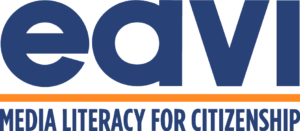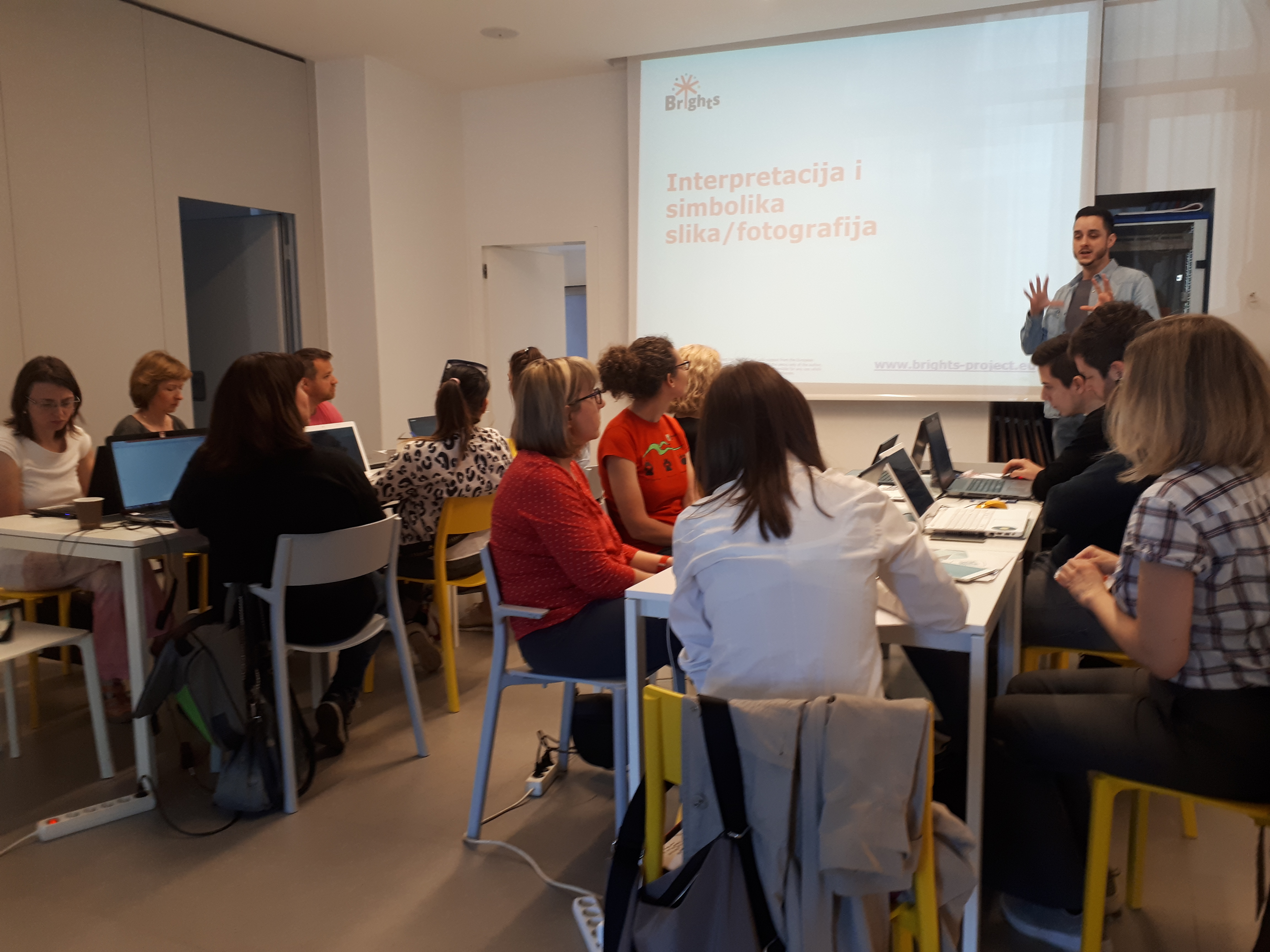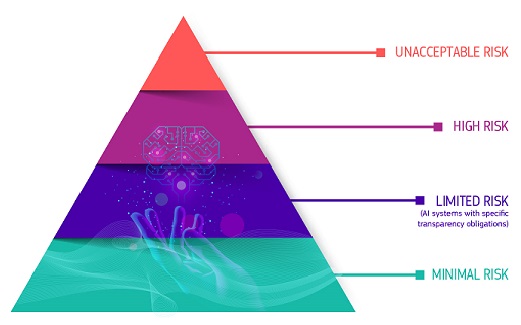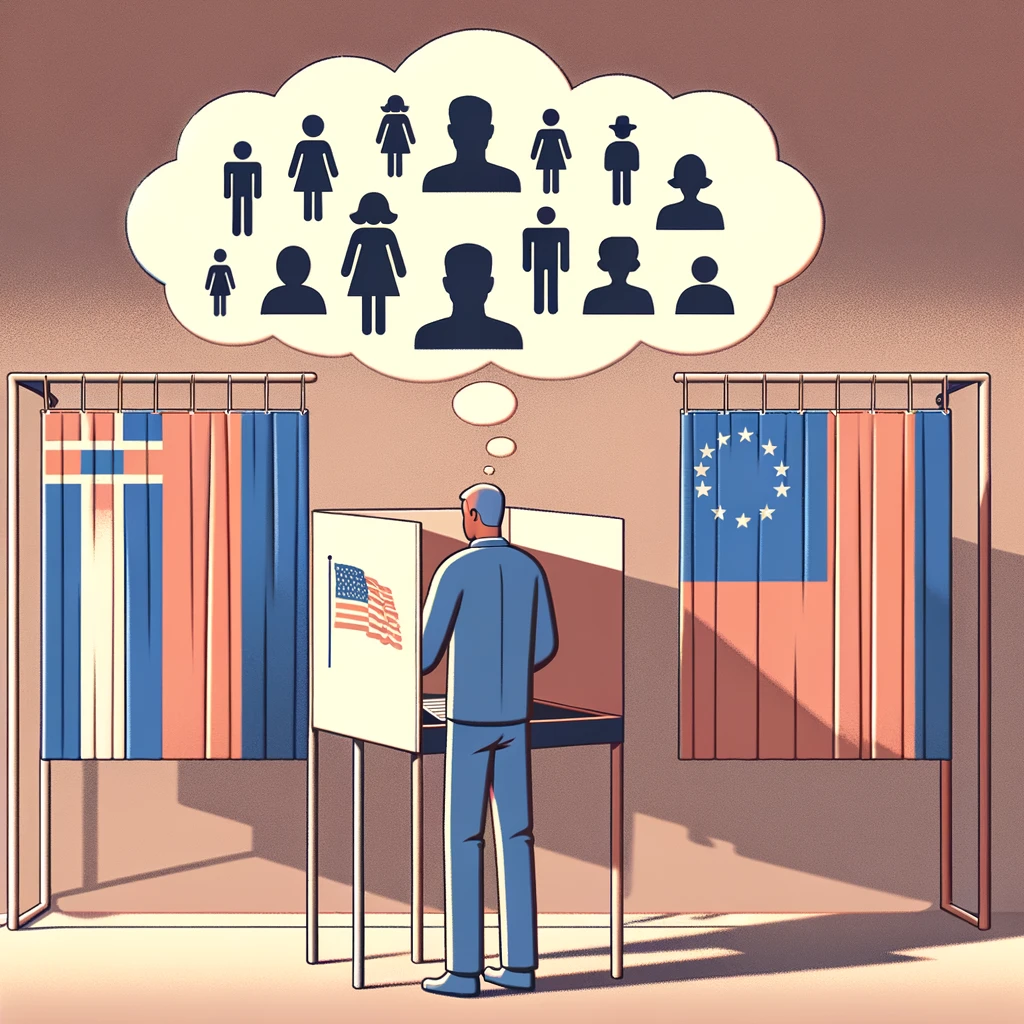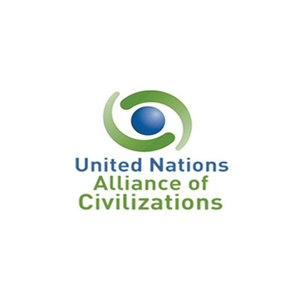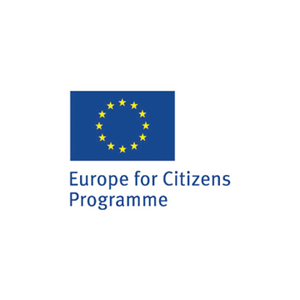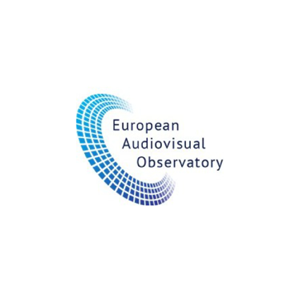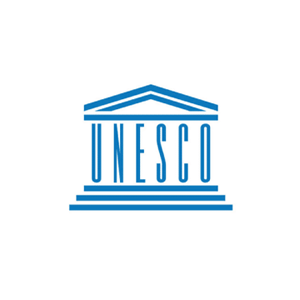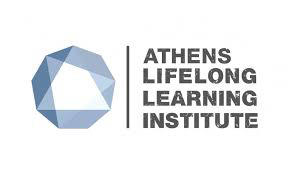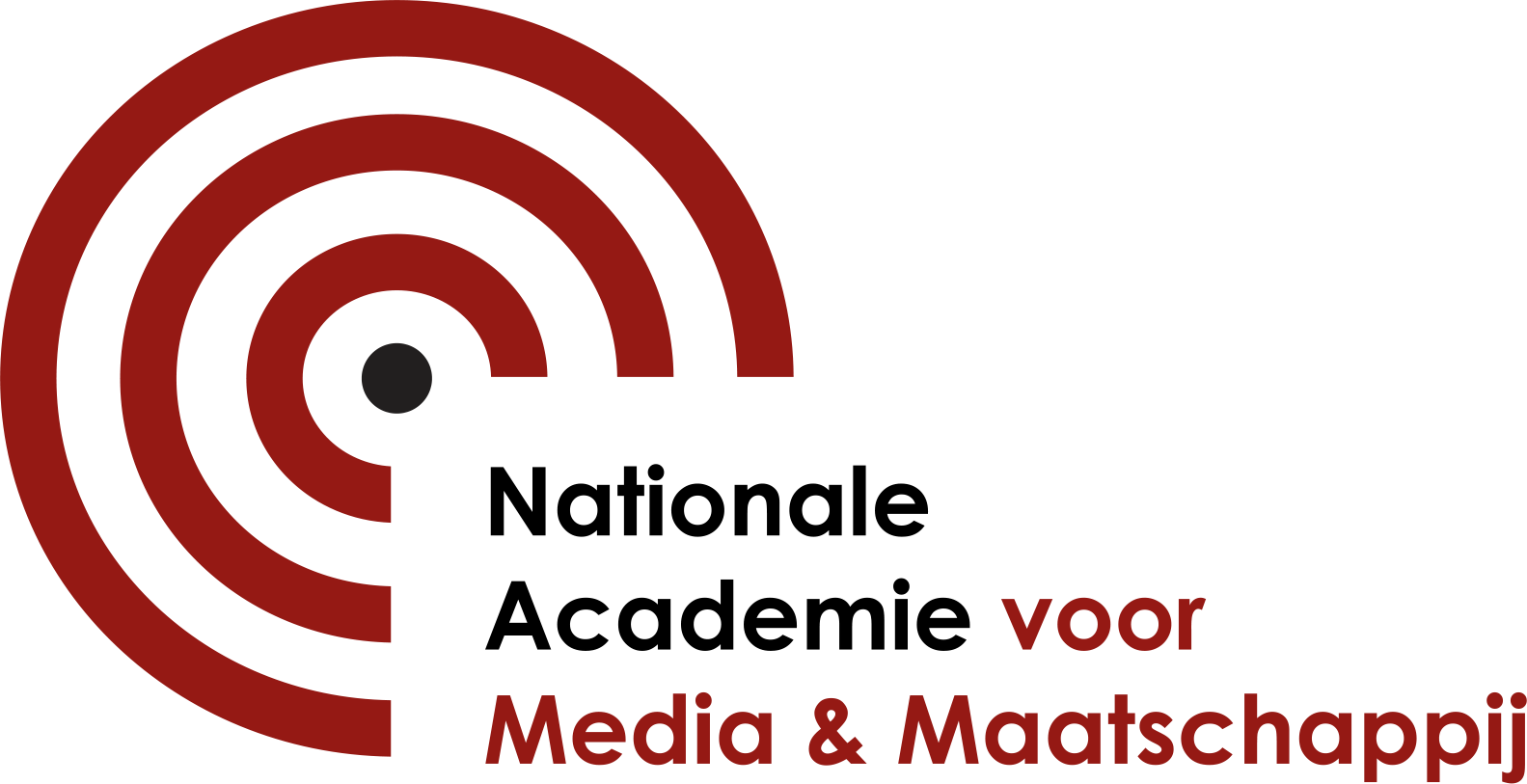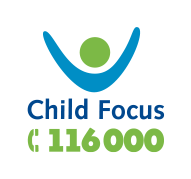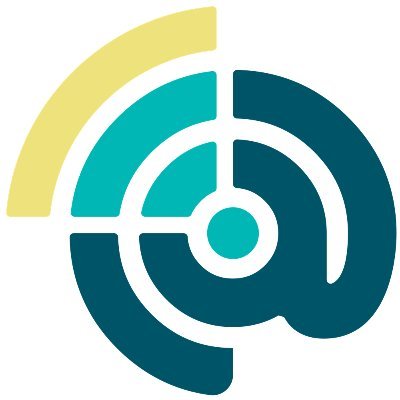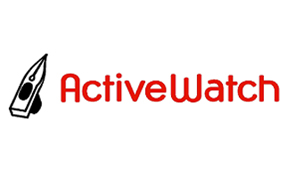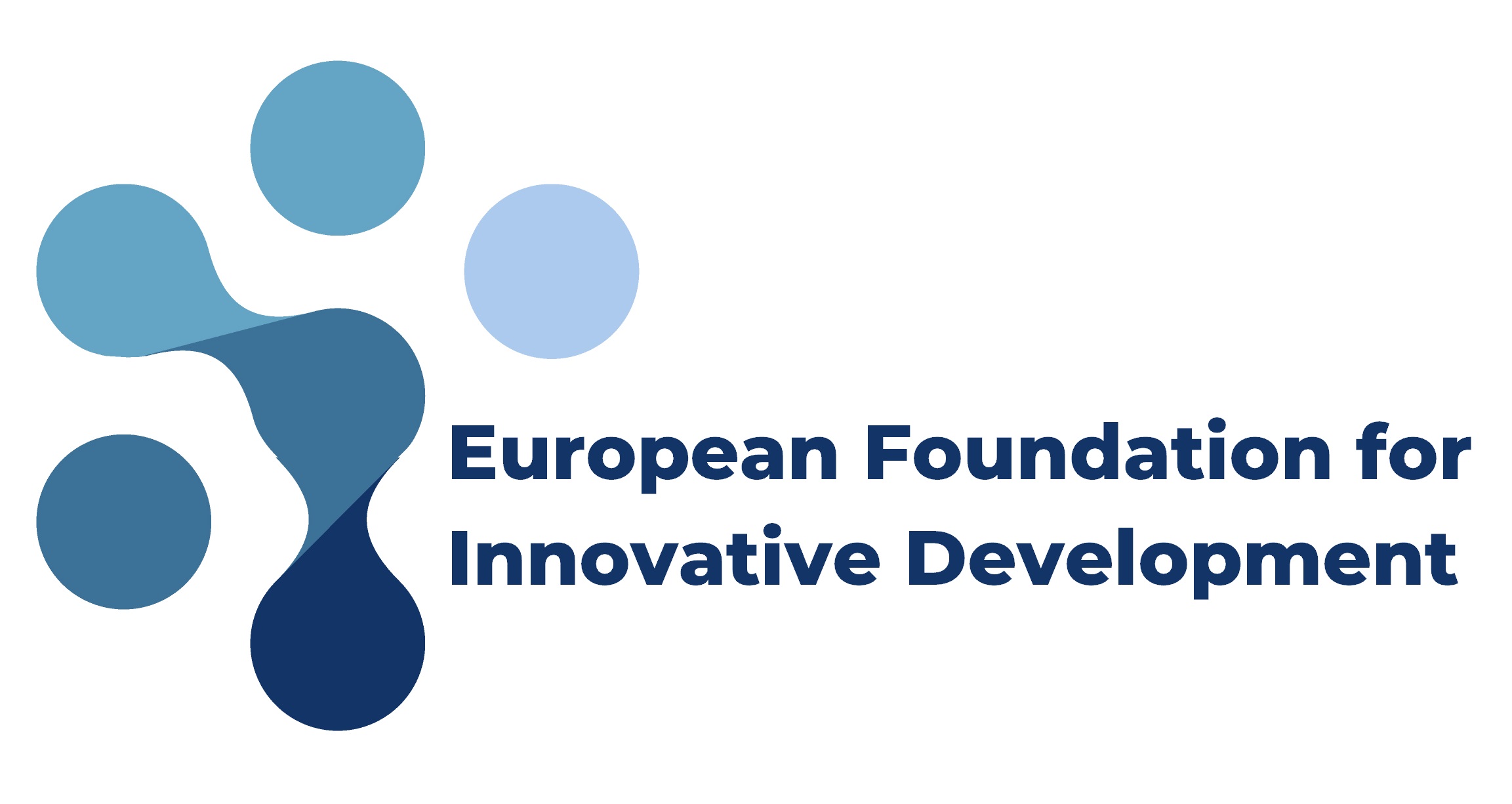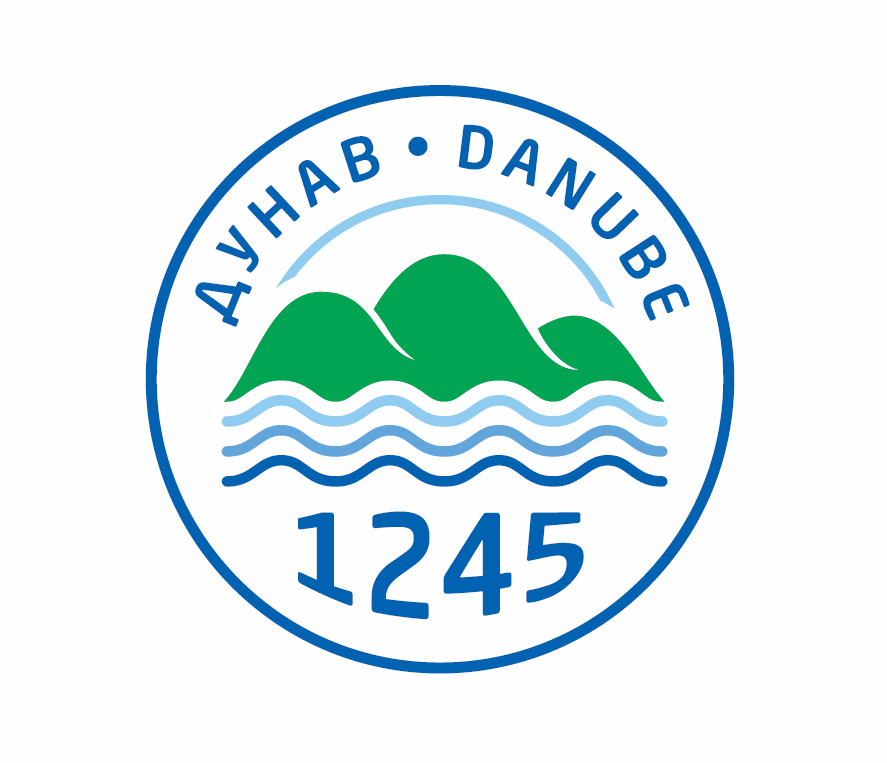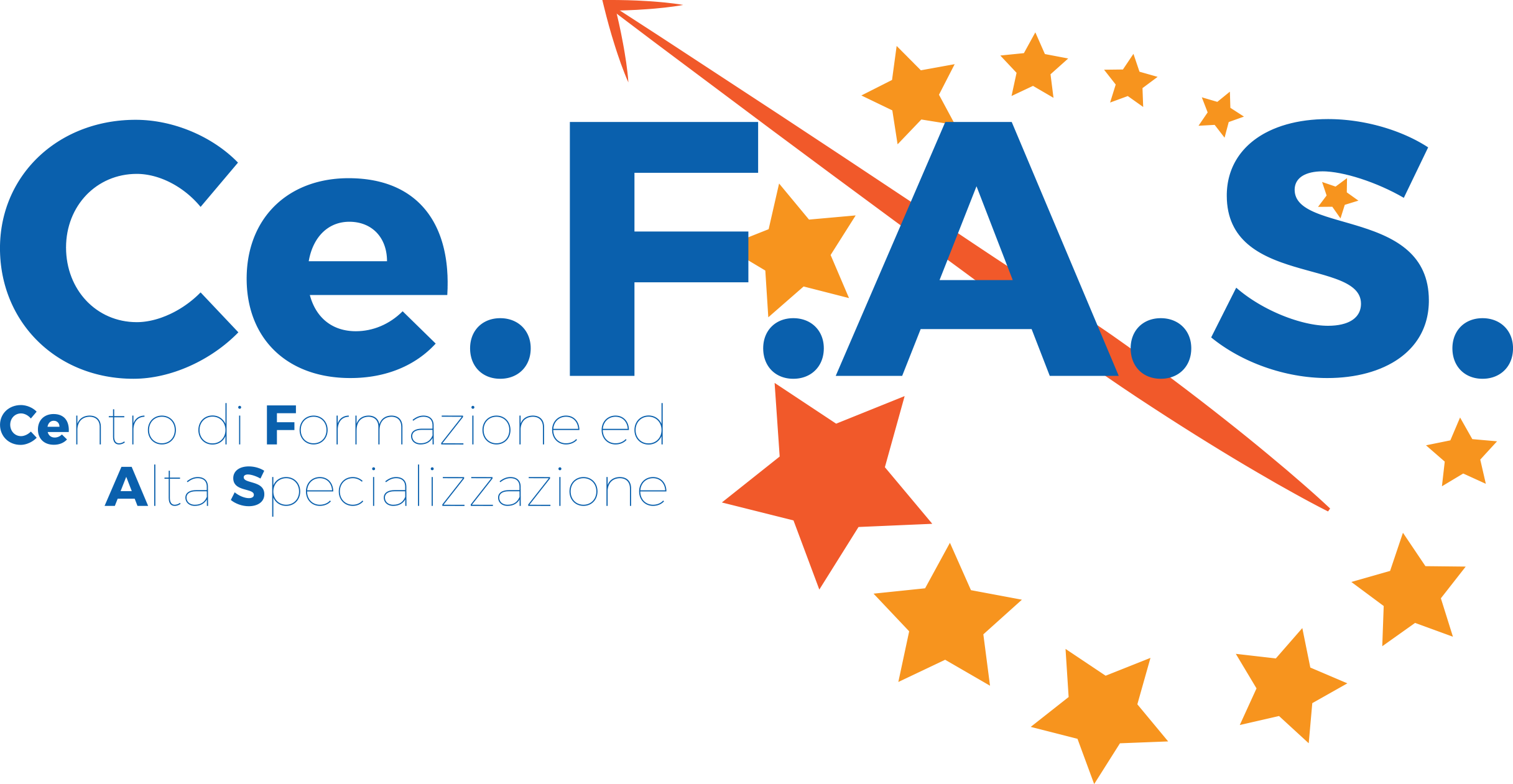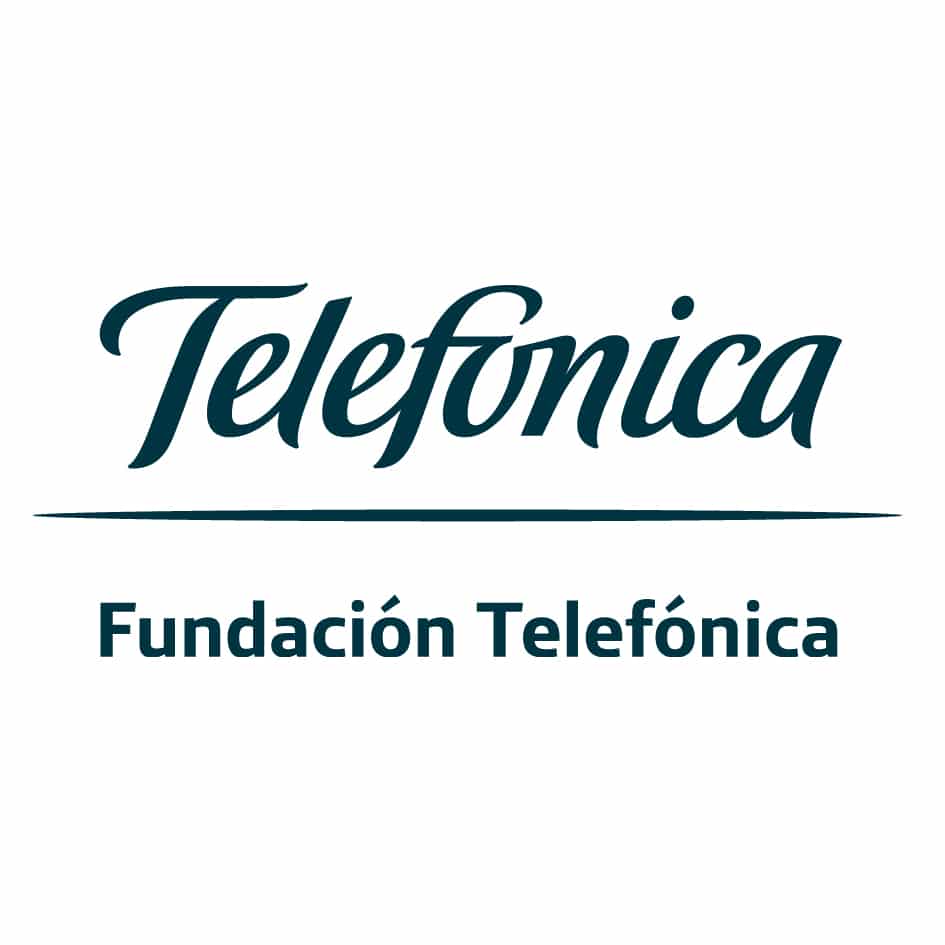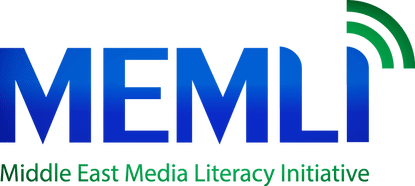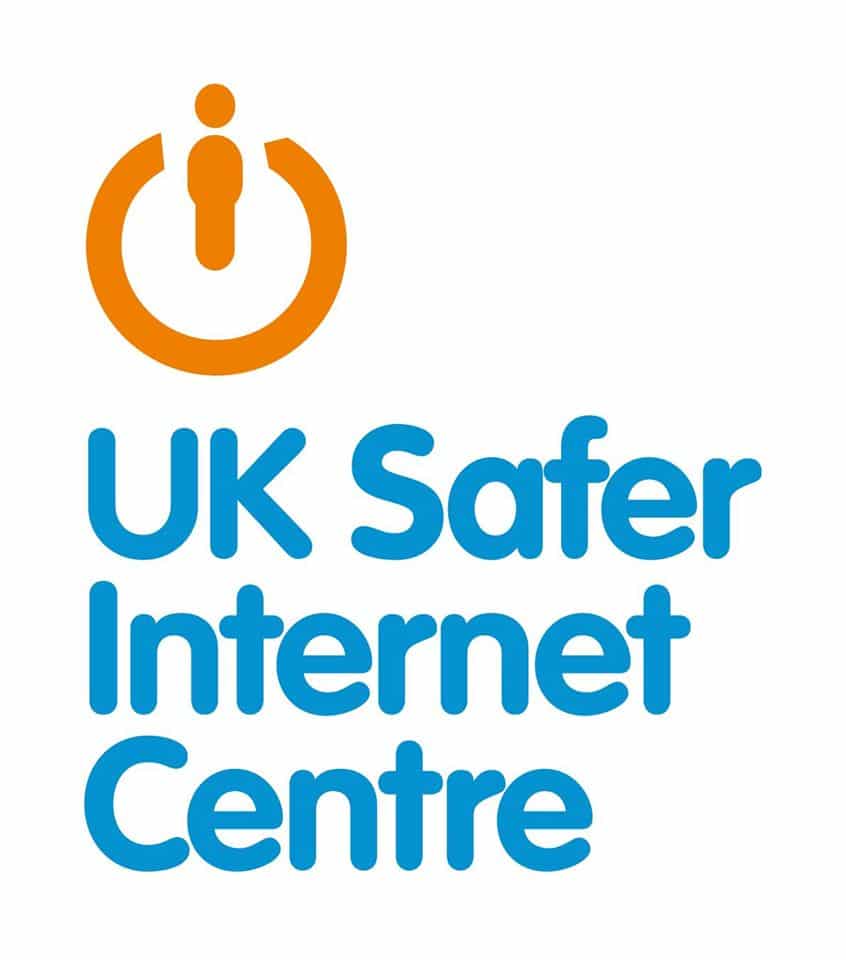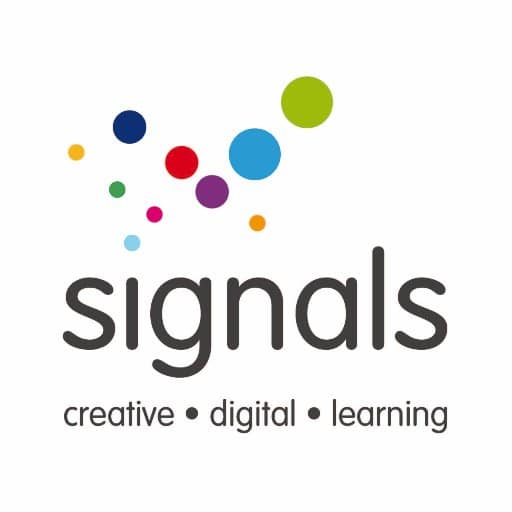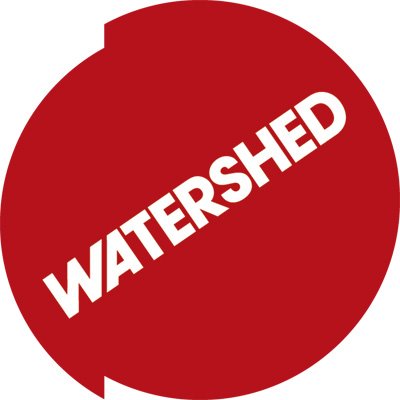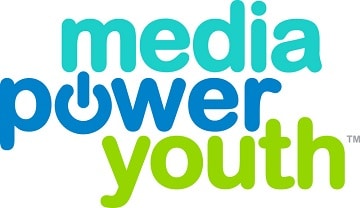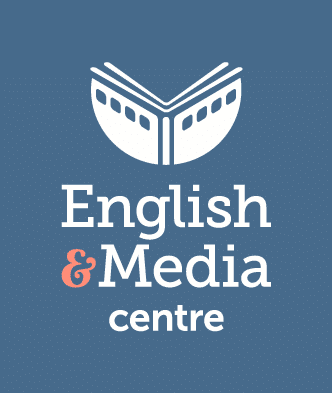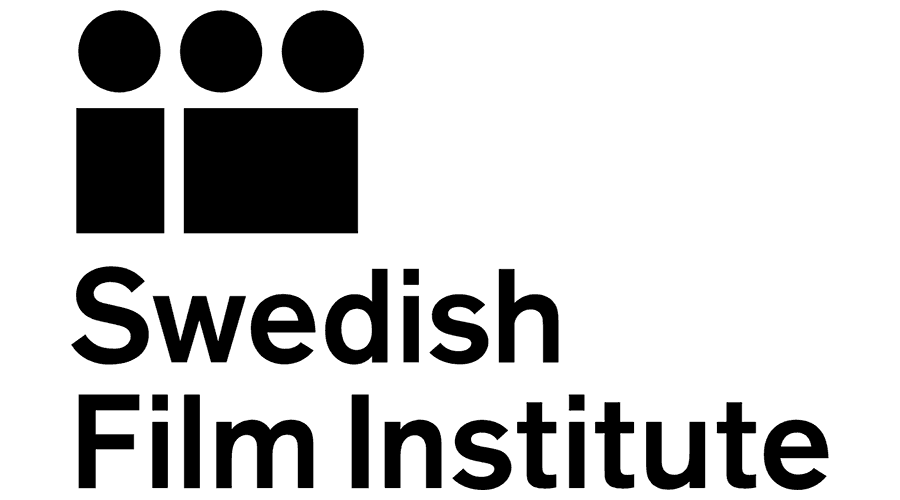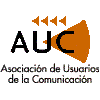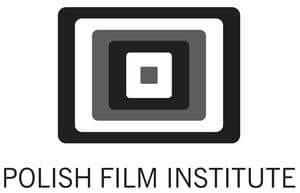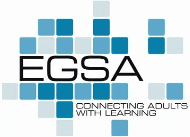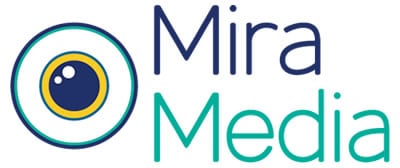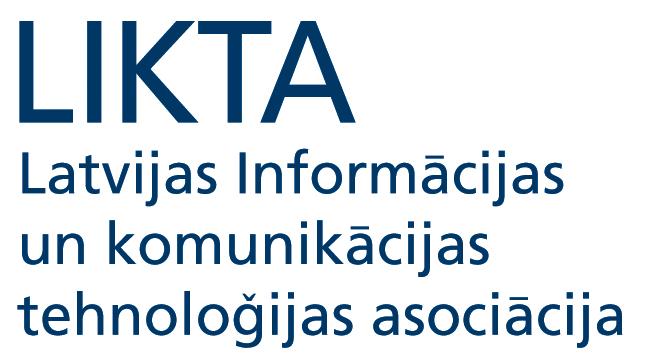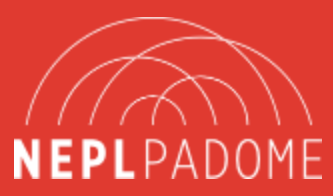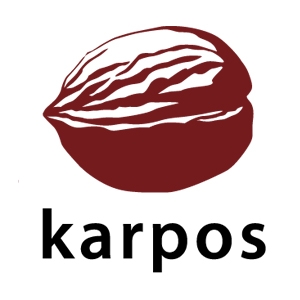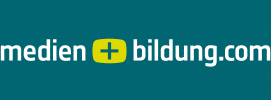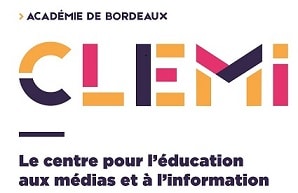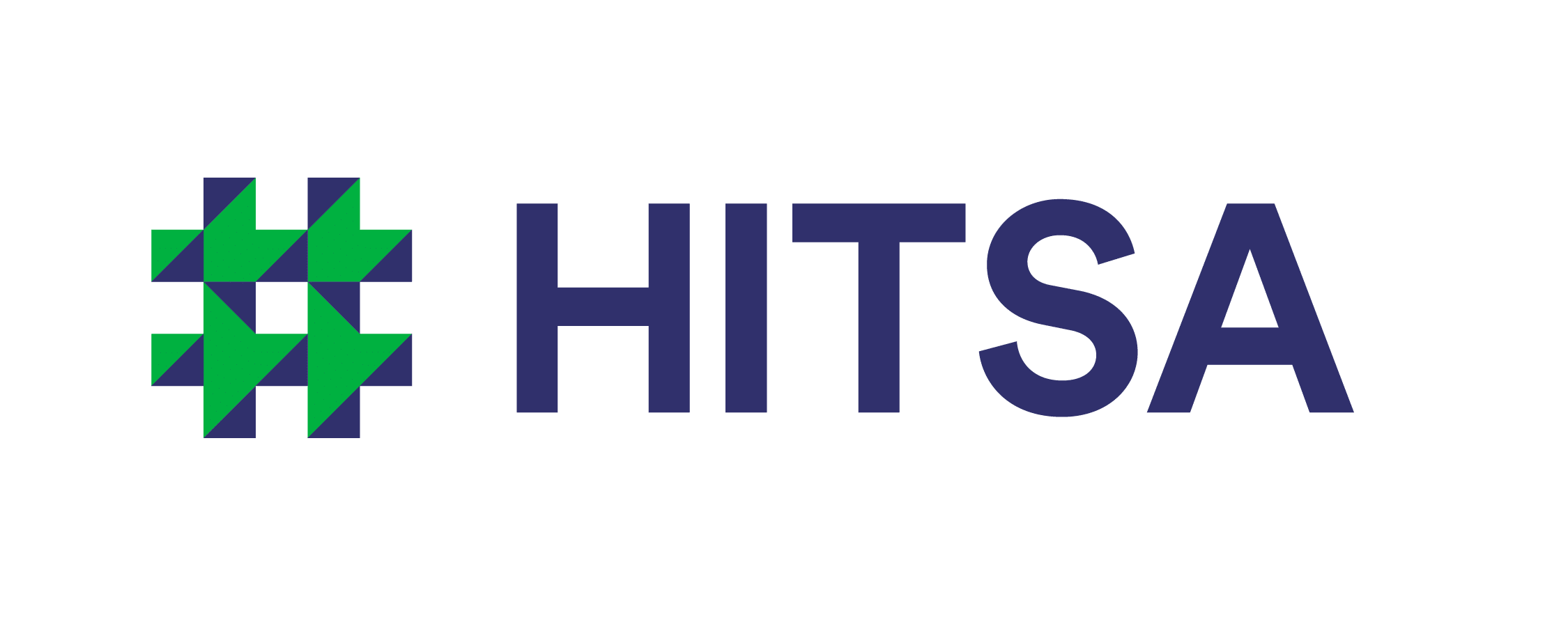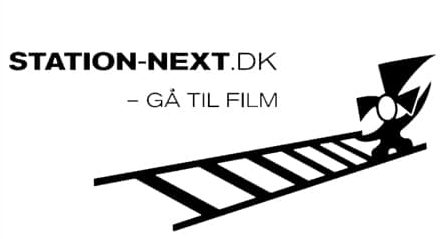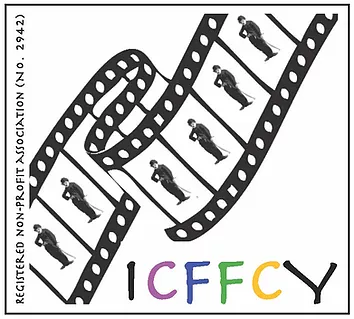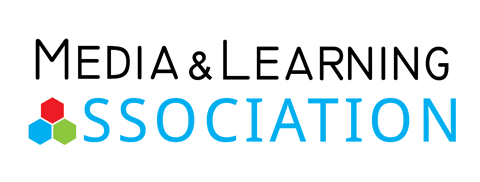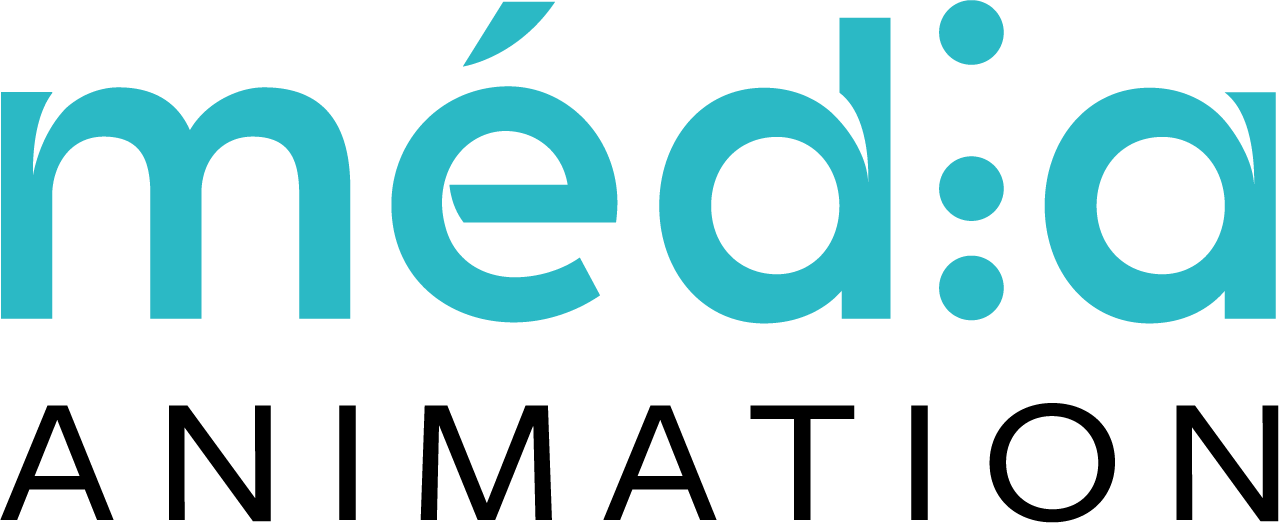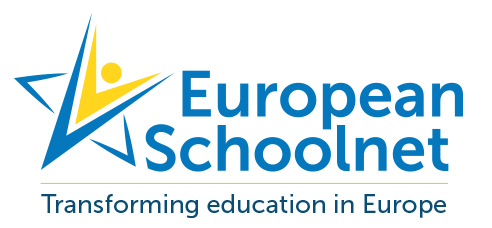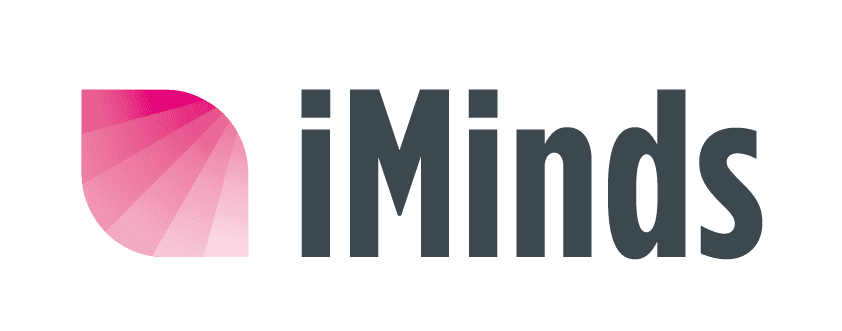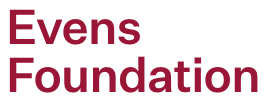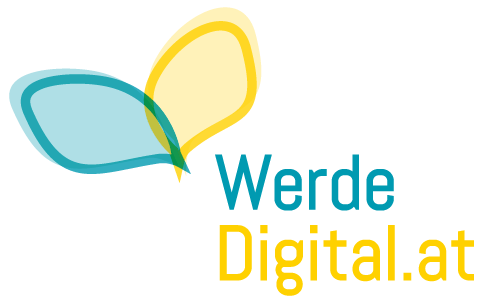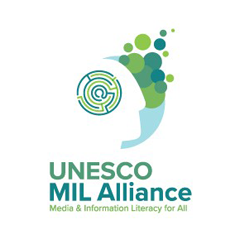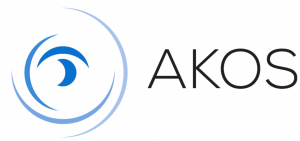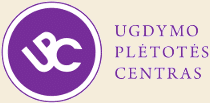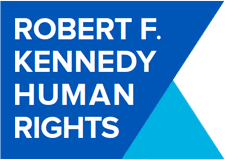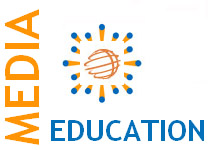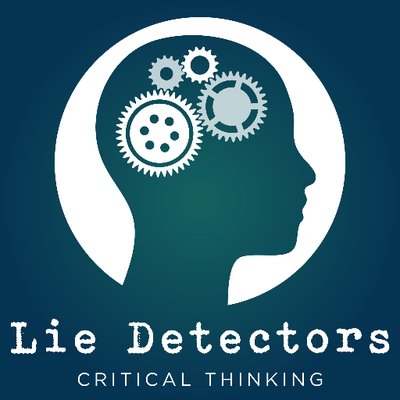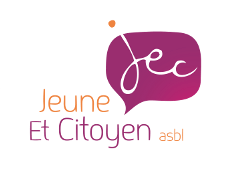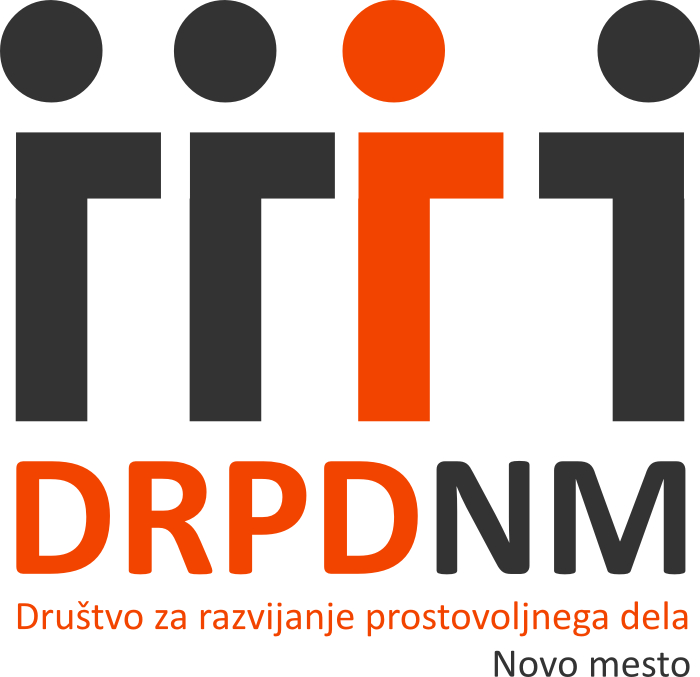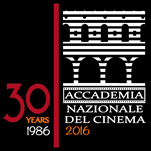
This article was written by Barbara Quarta. She is coordinator of the Brights Project. If you would be interested about finding out more about this work, pleas click here.
The current global scenario requires education and training institutions and practitioners to assume greater responsibility than ever in helping learners of all ages and backgrounds to develop into informed, critically literate, socially-connected, ethical and engaged global citizens. Nowadays, it is crucial that education gives students the opportunity and competences to reflect and share their own perspective and their role in a globalised society.
Global Citizenship Education (GCE) has been developed in and outside of Europe to address the need to deal with some common or everyday challenges. We can say that GCE employs concepts, methodologies and theories already implemented in different fields and subjects, including human rights education, peace education, education for sustainable development and intercultural education (UNESCO 2014).
It enriches the concepts and contents of all subjects and fields of education related to global development by widening their dimensions. GCE uses multidisciplinary and multiple pedagogical concepts in a manner that leads the students on a path to Global Citizenship. UNESCO has made GCE one of its key education objectives for the years 2014-2021.
In “Global Citizenship Education: Preparing learners for the challenges of the 21st century”, GCE is defined as:
“A framing paradigm which encapsulates how education can develop the knowledge, skills, values and attitudes learners need to build a more just, peaceful and sustainable world and to thrive as global citizens in the twenty-first century” (UNESCO 2014).
Different countries adopted different practices and methods related to GCE to address with the issues above.
In this context, I would like to share some insights from the BRIGHTS project experience. BRIGHTS is a 2-year ERASMUS+ Social Inclusion project, started at the beginning of 2017 and coordinated by ALL DIGITAL in partnership with six organisations coming from four different countries (Belgium, Greece, Croatia and Italy).
The purpose of BRIGHTS is to promote Global Citizenship Education in formal and non-formal Educational contexts in Europe, with the help of digital storytelling techniques. BRIGHTS’ objectives are:
- To build teachers’ and trainers’ capacity to implement GCE with young people using digital storytelling techniques, and
- To empower young people (13-19 years old) to develop social, civic and intercultural competences as well as critical thinking, media literacy, creativity and digital skills.
The project partners are currently training secondary school teachers and youth workers through a blended training course (MOOC and face-to-face workshops) focused on the principles of GCE and its application through digital storytelling.
Almost 1200 teachers and trainers from the project countries have enrolled in the BRIGHTS MOOC between March and May 2018. They are gaining a thorough understanding of how to design and apply the Story Circle Methodology to implement GCE using digital storytelling technique with young people both in schools and in non-formal educational contexts.
The MOOC responds to crucial training needs that are emerging among young people, such as intercultural and cross-cultural skills, critical thinking, collaborative and project-based learning, creativity and digital literacy. Course participants are acquiring the knowledge needed to meet the global challenges emerging in contemporary society, including sustainable development and lifestyle, social inclusion and cultural diversity, gender equality, peace and human rights, active citizenship and democracy, and learn how to engage young people in the production of digital stories on these challenges.
As part of their training, selected teachers and trainers are now directly testing the BRIGHTS methodology with young people in schools and in non-formal educational contexts. This is the core project activity during which the students are engaged in the production of digital stories on GCE topics. The project consortium launched the BRIGHTS Awards for the best digital story produced within the project, as part of the ALL DIGITAL Awards 2018. The national winners will have the opportunity to come to Brussels and take part in the ALL DIGITAL Summit 2018 in October. The Summit will also host the final event of the BRIGHTS project. By then, we expect a great number of interesting and reflective digital stories produced by youngsters on global challenges and subjects including human rights, peace and democratic values, intercultural dialogue and active citizenship.
On the policy level, BRIGHTS is raising awareness among policy-makers and the civil society.
The BRIGHTS informative kit on Global Citizenship Education for policy makers has already been published in English and all project languages. It aims to equip policymakers with all the necessary knowledge about the role that GCE can play in the contemporary society.
BRIGHTS has also established the first European Community on Global Citizenship Education by involving actors interested in the topic. This is an open group for those willing to support and advocate for the potential adoption of GCE as an inclusive educational methodology in different contexts using digital tools.
Stay tuned for lessons learned and recommendations coming out of the project!

This article was written by Barbara Quarta. She is coordinator of the Brights Project. If you would be interested about finding out more about this work, pleas click here.
The current global scenario requires education and training institutions and practitioners to assume greater responsibility than ever in helping learners of all ages and backgrounds to develop into informed, critically literate, socially-connected, ethical and engaged global citizens. Nowadays, it is crucial that education gives students the opportunity and competences to reflect and share their own perspective and their role in a globalised society.
Global Citizenship Education (GCE) has been developed in and outside of Europe to address the need to deal with some common or everyday challenges. We can say that GCE employs concepts, methodologies and theories already implemented in different fields and subjects, including human rights education, peace education, education for sustainable development and intercultural education (UNESCO 2014).
It enriches the concepts and contents of all subjects and fields of education related to global development by widening their dimensions. GCE uses multidisciplinary and multiple pedagogical concepts in a manner that leads the students on a path to Global Citizenship. UNESCO has made GCE one of its key education objectives for the years 2014-2021.
In “Global Citizenship Education: Preparing learners for the challenges of the 21st century”, GCE is defined as:
“A framing paradigm which encapsulates how education can develop the knowledge, skills, values and attitudes learners need to build a more just, peaceful and sustainable world and to thrive as global citizens in the twenty-first century” (UNESCO 2014).
Different countries adopted different practices and methods related to GCE to address with the issues above.
In this context, I would like to share some insights from the BRIGHTS project experience. BRIGHTS is a 2-year ERASMUS+ Social Inclusion project, started at the beginning of 2017 and coordinated by ALL DIGITAL in partnership with six organisations coming from four different countries (Belgium, Greece, Croatia and Italy).
The purpose of BRIGHTS is to promote Global Citizenship Education in formal and non-formal Educational contexts in Europe, with the help of digital storytelling techniques. BRIGHTS’ objectives are:
- To build teachers’ and trainers’ capacity to implement GCE with young people using digital storytelling techniques, and
- To empower young people (13-19 years old) to develop social, civic and intercultural competences as well as critical thinking, media literacy, creativity and digital skills.
The project partners are currently training secondary school teachers and youth workers through a blended training course (MOOC and face-to-face workshops) focused on the principles of GCE and its application through digital storytelling.
Almost 1200 teachers and trainers from the project countries have enrolled in the BRIGHTS MOOC between March and May 2018. They are gaining a thorough understanding of how to design and apply the Story Circle Methodology to implement GCE using digital storytelling technique with young people both in schools and in non-formal educational contexts.
The MOOC responds to crucial training needs that are emerging among young people, such as intercultural and cross-cultural skills, critical thinking, collaborative and project-based learning, creativity and digital literacy. Course participants are acquiring the knowledge needed to meet the global challenges emerging in contemporary society, including sustainable development and lifestyle, social inclusion and cultural diversity, gender equality, peace and human rights, active citizenship and democracy, and learn how to engage young people in the production of digital stories on these challenges.
As part of their training, selected teachers and trainers are now directly testing the BRIGHTS methodology with young people in schools and in non-formal educational contexts. This is the core project activity during which the students are engaged in the production of digital stories on GCE topics. The project consortium launched the BRIGHTS Awards for the best digital story produced within the project, as part of the ALL DIGITAL Awards 2018. The national winners will have the opportunity to come to Brussels and take part in the ALL DIGITAL Summit 2018 in October. The Summit will also host the final event of the BRIGHTS project. By then, we expect a great number of interesting and reflective digital stories produced by youngsters on global challenges and subjects including human rights, peace and democratic values, intercultural dialogue and active citizenship.
On the policy level, BRIGHTS is raising awareness among policy-makers and the civil society.
The BRIGHTS informative kit on Global Citizenship Education for policy makers has already been published in English and all project languages. It aims to equip policymakers with all the necessary knowledge about the role that GCE can play in the contemporary society.
BRIGHTS has also established the first European Community on Global Citizenship Education by involving actors interested in the topic. This is an open group for those willing to support and advocate for the potential adoption of GCE as an inclusive educational methodology in different contexts using digital tools.
Stay tuned for lessons learned and recommendations coming out of the project!

This article was written by Barbara Quarta. She is coordinator of the Brights Project. If you would be interested about finding out more about this work, pleas click here.
The current global scenario requires education and training institutions and practitioners to assume greater responsibility than ever in helping learners of all ages and backgrounds to develop into informed, critically literate, socially-connected, ethical and engaged global citizens. Nowadays, it is crucial that education gives students the opportunity and competences to reflect and share their own perspective and their role in a globalised society.
Global Citizenship Education (GCE) has been developed in and outside of Europe to address the need to deal with some common or everyday challenges. We can say that GCE employs concepts, methodologies and theories already implemented in different fields and subjects, including human rights education, peace education, education for sustainable development and intercultural education (UNESCO 2014).
It enriches the concepts and contents of all subjects and fields of education related to global development by widening their dimensions. GCE uses multidisciplinary and multiple pedagogical concepts in a manner that leads the students on a path to Global Citizenship. UNESCO has made GCE one of its key education objectives for the years 2014-2021.
In “Global Citizenship Education: Preparing learners for the challenges of the 21st century”, GCE is defined as:
“A framing paradigm which encapsulates how education can develop the knowledge, skills, values and attitudes learners need to build a more just, peaceful and sustainable world and to thrive as global citizens in the twenty-first century” (UNESCO 2014).
Different countries adopted different practices and methods related to GCE to address with the issues above.
In this context, I would like to share some insights from the BRIGHTS project experience. BRIGHTS is a 2-year ERASMUS+ Social Inclusion project, started at the beginning of 2017 and coordinated by ALL DIGITAL in partnership with six organisations coming from four different countries (Belgium, Greece, Croatia and Italy).
The purpose of BRIGHTS is to promote Global Citizenship Education in formal and non-formal Educational contexts in Europe, with the help of digital storytelling techniques. BRIGHTS’ objectives are:
- To build teachers’ and trainers’ capacity to implement GCE with young people using digital storytelling techniques, and
- To empower young people (13-19 years old) to develop social, civic and intercultural competences as well as critical thinking, media literacy, creativity and digital skills.
The project partners are currently training secondary school teachers and youth workers through a blended training course (MOOC and face-to-face workshops) focused on the principles of GCE and its application through digital storytelling.
Almost 1200 teachers and trainers from the project countries have enrolled in the BRIGHTS MOOC between March and May 2018. They are gaining a thorough understanding of how to design and apply the Story Circle Methodology to implement GCE using digital storytelling technique with young people both in schools and in non-formal educational contexts.
The MOOC responds to crucial training needs that are emerging among young people, such as intercultural and cross-cultural skills, critical thinking, collaborative and project-based learning, creativity and digital literacy. Course participants are acquiring the knowledge needed to meet the global challenges emerging in contemporary society, including sustainable development and lifestyle, social inclusion and cultural diversity, gender equality, peace and human rights, active citizenship and democracy, and learn how to engage young people in the production of digital stories on these challenges.
As part of their training, selected teachers and trainers are now directly testing the BRIGHTS methodology with young people in schools and in non-formal educational contexts. This is the core project activity during which the students are engaged in the production of digital stories on GCE topics. The project consortium launched the BRIGHTS Awards for the best digital story produced within the project, as part of the ALL DIGITAL Awards 2018. The national winners will have the opportunity to come to Brussels and take part in the ALL DIGITAL Summit 2018 in October. The Summit will also host the final event of the BRIGHTS project. By then, we expect a great number of interesting and reflective digital stories produced by youngsters on global challenges and subjects including human rights, peace and democratic values, intercultural dialogue and active citizenship.
On the policy level, BRIGHTS is raising awareness among policy-makers and the civil society.
The BRIGHTS informative kit on Global Citizenship Education for policy makers has already been published in English and all project languages. It aims to equip policymakers with all the necessary knowledge about the role that GCE can play in the contemporary society.
BRIGHTS has also established the first European Community on Global Citizenship Education by involving actors interested in the topic. This is an open group for those willing to support and advocate for the potential adoption of GCE as an inclusive educational methodology in different contexts using digital tools.
Stay tuned for lessons learned and recommendations coming out of the project!
